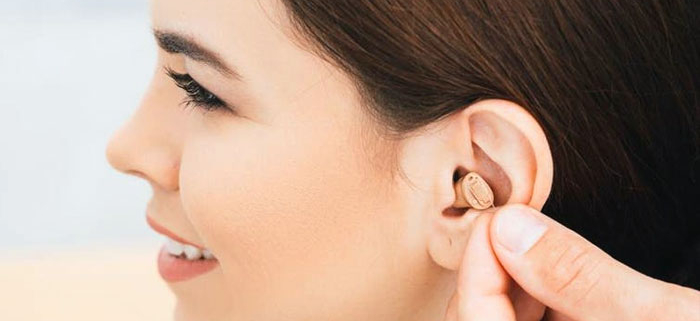A quick guide to hearing aids
Hearing aids are an essential tool for a significant percentage of the population. And while they don’t restore someone’s hearing, they do amplify sound, and as a result, allow people to hear better.
So how do hearing aids work? Do they work for everyone? And are they worth it? We’ll break it all down in this short article.
What are hearing aids?
Hearing aids are small electronic devices worn in or behind the ear that amplify sound. They work by picking up sounds through a microphone, processing the sound through a digital chip, and then delivering the amplified sound to the ear through a speaker.
Like most things in life, you get what you pay for, and some hearing aids are better than others, depending on the price.
Types of hearing aids
There are several types of hearing aids available on the market, including in-the-ear (ITE), behind-the-ear (BTE), receiver-in-canal (RIC), and completely-in-canal (CIC).
Each hearing aid type has its own pros and cons, including size, battery life, and sound quality. For example, Behind the ear hearing aids are typically larger and can accommodate more features, while completely-in-canal hearing aids are the smallest and least visible but may not have as many features.
Features of hearing aids
Modern hearing aids are unrecognisable compared to even a few years ago. The rate technology is advancing means that what you probably think of as hearing aids are nowhere near close to what’s available on the market today.
Today’s hearing aids come with a range of features that didn’t even exist a generation ago. Designed to improve the user’s experience, comfort and quality of life, some of these features include directional microphones, noise reduction, and Bluetooth connectivity.
Directional microphones help to focus on the sound source, while noise reduction reduces background noise, making it easier to hear someone speaking. Bluetooth connectivity allows the user to connect their hearing aid to their phone or other audio devices, enabling them to stream audio directly to their hearing aids.
Things to consider before buying a hearing aid
If you’re considering purchasing a hearing aid, first thing first – see an audiologist. An audiologist will determine the appropriate type of hearing aid for you and your unique hearing loss.
Other factors to consider include your lifestyle, budget, and specific hearing needs. For example, a hearing aid with noise-reduction features may be a good choice if you spend a lot of time in noisy environments. Or, if you spend a lot of time commuting and listing to podcasts, a Bluetooth feature might be worth the investment.
Tips for using hearing aids
Wearing and maintaining hearing aids requires some effort and care. It’s important to learn how to properly insert and remove them, clean them, and change the batteries. Hearing aids can be uncomfortable at first, so it’s also important to learn to adjust them properly to suit you and your ears. Start by wearing them for short periods and gradually increasing the duration until you can wear them comfortably for an entire day.
You’re not alone with hearing difficulties
Hearing aids are a powerful weapon in the war against hearing loss. They are important tools for people with hearing difficulties, so when selecting a hearing aid, it’s imperative to consider factors such as lifestyle, budget and specific hearing needs.
Modern hearing aids come with a range of features designed to improve the user’s experience, and it’s important to learn how to use and maintain them properly. By making informed decisions and taking care of your hearing aids, you can enjoy better hearing and improved quality of life.




Leave a Reply
Want to join the discussion?Feel free to contribute!